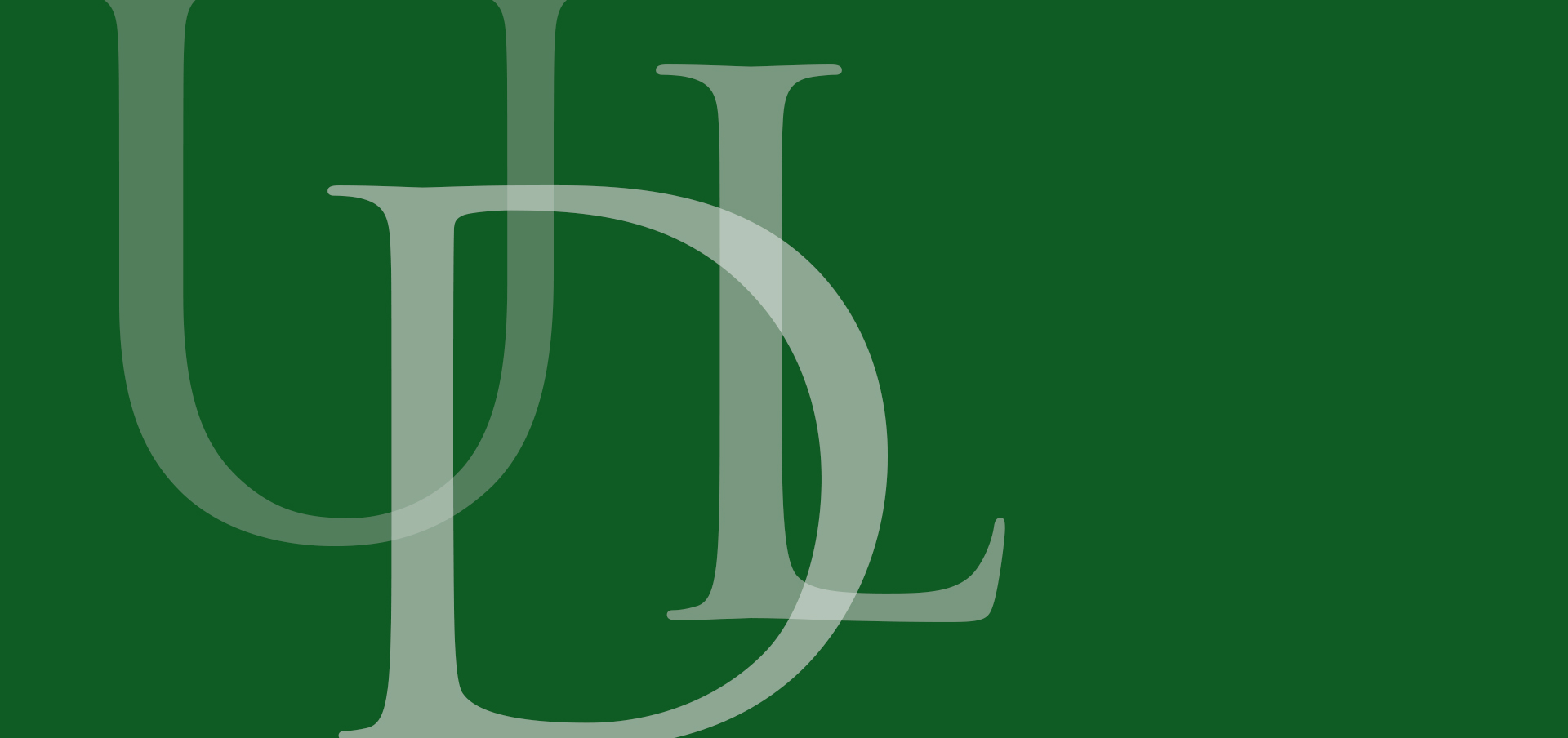Universal Design for Learning (UDL) is a framework to improve and optimize teaching and learning for all people based on scientific insights into how humans learn. In 2017, with support from the Davis Educational Foundation, Goodwin College established its first cohort of instructors to re-examine their teaching methods and to stretch themselves creatively in working with students of wide-ranging learning differences and educational experiences. Several of those instructors have agreed to be contributors to the Goodwin College blog.
Multiple Means of Representation Enhance Learning
by Kelli Goodkowsky, M.Ed., HT (ASCP)
Program Director, Histologic Science
Histology technicians play a fundamental role in the diagnoses of disease. Because of the “histotechnologist’s skillful application of sophisticated laboratory techniques, the seemingly invisible world of tissue structure becomes visible under a microscope” (National Society for Histotechnology, 2017). The histology professional maintains the integrity of patient tissue specimens from the moment the specimen is delivered to the histology laboratory until the time of diagnosis, greatly impacting the patient’s care. What I love about the field of histology is that it remains a “hands on” field of science; consequently, student engagement is high in the laboratory setting, as they apply knowledge gained from the lectures. Our challenge is keeping students engaged in the lectures.
My motivation for applying to the first Universal Design for Learning (UDL) cohort was directly related to required coursework of the Histology Program. The faculty and I saw a need for revising one of the histology courses that was dense with content. In the Concepts of Staining and Fixation course, students struggle with the material that covers fixation of specimens, and often rely on memorization techniques. Instructors have been challenged to find ways for students to apply these concepts in the classroom and in the laboratory, mainly because the majority of these tissue fixatives are not used in routine histology, yet their applicability to staining and specimen integrity is important for the students’ overall understanding of tissue specimens received in the histology lab.
The three core principles of UDL, Multiple Means of Representation, Multiple Means of Action and Expression, and Multiple Means of Engagement, provide support for learning. Affective networks of the brain are responsible for the “why” of learning and are supported by Multiple Means of Engagement. For the histology lectures, how our students get engaged in the concepts is critical to their understanding; how we as instructors present the material can result in that “ah-ha” moment for the students, greatly impacting their learning.
One of the things that struck me as technology became a staple of education was how we all love to be entertained — and entertainment is ok, but engagement is really where learning takes place. Because students were spending a great deal of time memorizing, it was important that we help them to make connections within the material being presented, minimizing the need for memorization. For example, providing a narrated PowerPoint presentation composed only of images that are representative of the written concepts can assist students with making connections to the material. Add a written script of the PowerPoint for students to print and follow, and accompanying lecture notes, you have now provided multiple means of representation (visual, audible, and tactile). Of significance and an idea worth exploring is how the students present their understanding of the concept back to the instructor. A visual discussion board with a synchronous, facilitated discussion can be a valuable replacement for the typical asynchronous discussion board so often embedded in online courses. Oral assessments versus written assessments may help students who struggle with writing to stress less, increasing their ability to retain material.
This is a very exciting time for educators and our students in the Histology Program at Goodwin. We all must think “globally” and remain open. Our students are diverse, our faculty members are diverse. Maintaining our flexibility within the realm of teaching through the implementation of universal design will be beneficial to student learning processes, while greatly impacting how we as educators embrace our own pedagogy.
Kelli Goodkowsky is an assistant professor and Program Director of the Histologic Science Program and the current president of the Faculty Senate. She has presented on leadership and histology at regional and state conferences.
Goodwin University is a nonprofit institution of higher education and is accredited by the New England Commission of Higher Education (NECHE), formerly known as the New England Association of Schools and Colleges (NEASC). Goodwin University was founded in 1999, with the goal of serving a diverse student population with career-focused degree programs that lead to strong employment outcomes.

